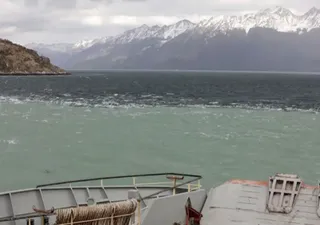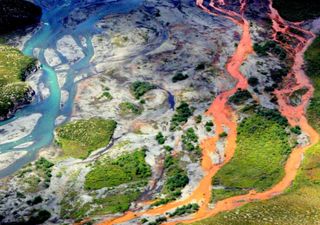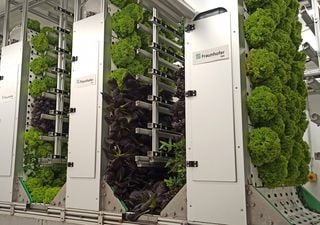Water scarcity in the world: Where are we? What are we facing?
In 2022, 2.2 billion people lived without access to drinking water supplies and 3.5 billion without wastewater managed safely. At the same time, global warming is causing water to become increasingly scarce in all regions of the world.
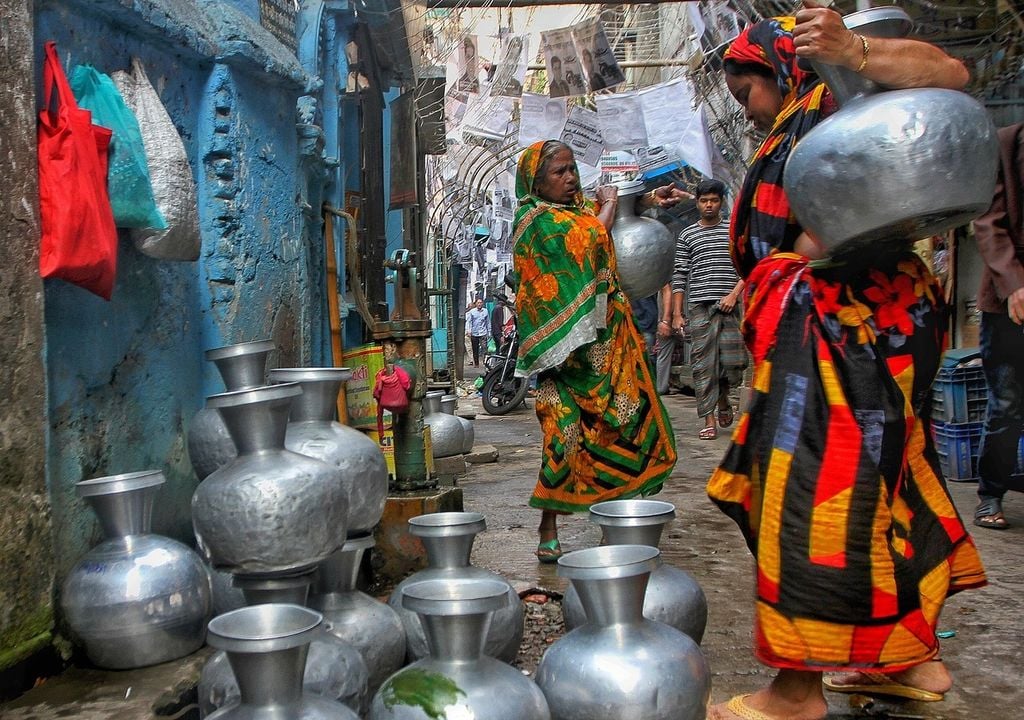
The drinking water available is increasingly scarce in all the conners of the world. According to the Water Scarcity Clock, there are currently 2.51 billion people living in regions with water scarcity. In most cases, areas with already scarce water resources suffer especially from extreme heat and droughts.
Water scarcity (water stress) occurs when less than 1,700 m3 per person per year is available. On the other hand, water scarcity occurs when water resources are less than 1,000 m3 per person per year. According to the Falkenmark indicator, water scarcity is less than 500 m3 per person per year.
The north of the African continent and in Western Asia in particular are seriously affected by water shortages, but the water crisis is expected to spread to Pakistan, India, China, southern Africa and western South America in the next 25 years. Extreme heat phenomena such as those in India and Thailand or persistent droughts such as those in Bogotá, Colombia, are already indicating that conditions are getting worse.
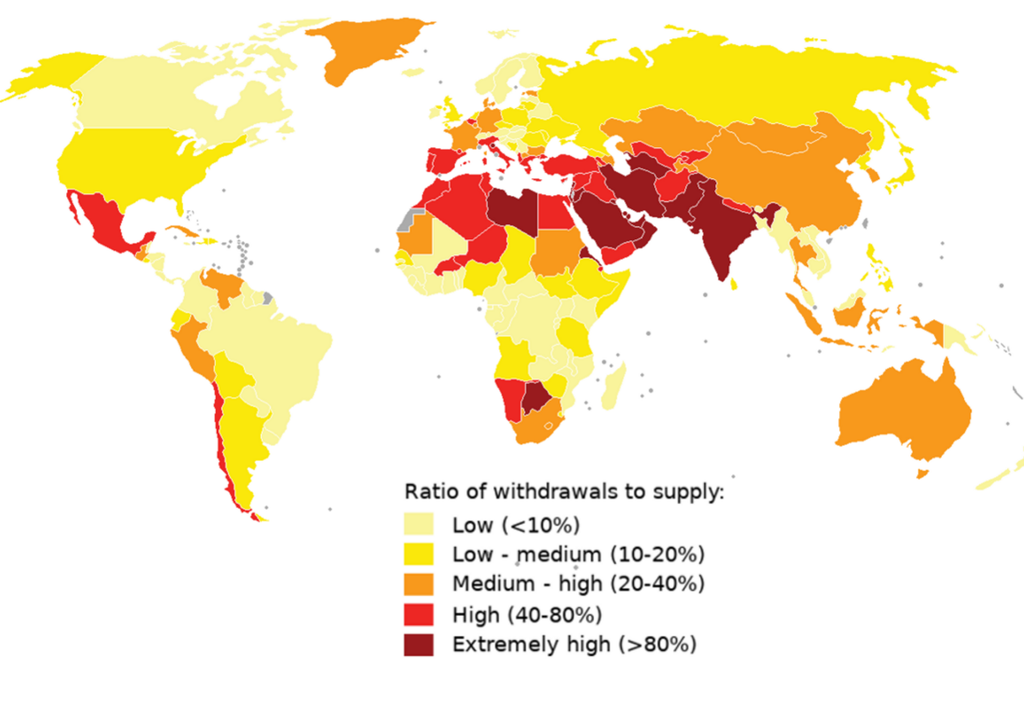
Scientists have also been able to show that in 20% of the countries most affected by poverty, extreme weather events occur, such as sudden droughts or heavy rains.
Water scarcity endangers social stability
According to the United Nations Report on the Development of Water Resources 2024, more than 1.4 billion people were affected by droughts between 2002 and 2021. Approximately half of the world's population suffers from a serious water shortage at least a few times a year, while a quarter of the population faces extremely high levels of water scarcity. According to forecasts, climate change will increase the frequency and severity of these phenomena, which poses a serious threat to social stability.
Water scarcity causes in the first place the deterioration of living conditions, which leads to greater food insecurity and health risks. Water scarcity also affects social development, particularly that of girls and women.
As primary water collectors in rural areas, limited access to water supplies means that the task of several hours every day becomes even more onerous and undermines education, economic participation and the security of women.
The lack of drinking water supply has also been identified as one of the causes of migration. Displacement can, in turn, contribute to water insecurity by exerting additional pressure on water systems and resources in settlement areas, thus stoking social tensions. A study conducted in Somalia shows a 200% increase in gender-based violence against displaced people.
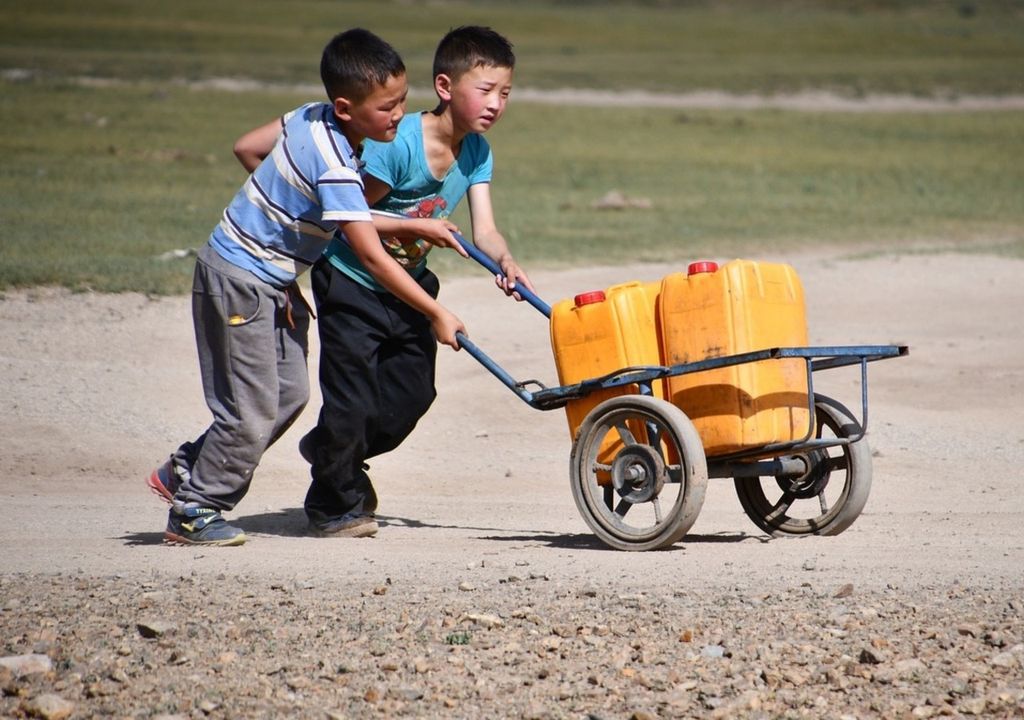
Water scarcity can increase the risk of conflict. In the Sahel, the destruction of wetlands - often due to unsuly water development projects - has exacerbated local disputes over access to water and fertile land and has generated tensions.
Transboundary freshwater resources need fair agreements
Although approximately 40% of the world's population lives in cross-border river basins and lakes, only a fifth of countries have established cross-border agreements to manage these shared resources fairly.
Africa remains particularly vulnerable to interstate water tensions: 19 of the 22 states surveyed suffer from water shortages and two-thirds of the continent's freshwater resources are cross-border. Of the 106 cross-border aquifers mapped in Africa, intergovernmental cooperation has only been formalized in seven cases.
"Water, when managed in a sustainable and fair way, can be a source of peace and prosperity," says Álvaro Lario, President of the International Fund for Agricultural Development (IFAD) and President of UN-Water. At the same time, it is also the basis of agriculture, which still represents the socioeconomic basis of the lives of billions of people.
In this context, cooperation in the field of cross-border water management represents a strong, if not the only, lever to maintain peace.





